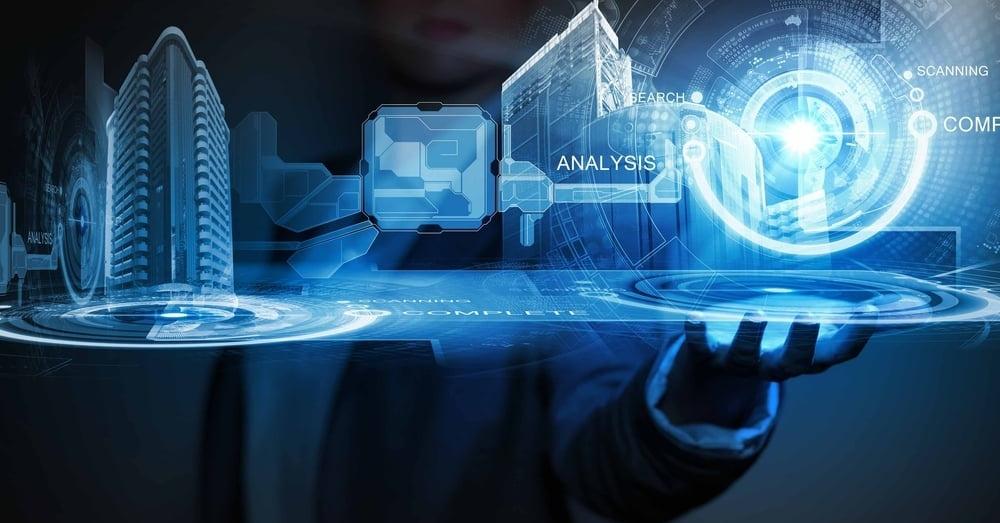In a world interlaced with swift technological advances, the construction industry is ahead of the curve, embracing transformation at every turn. The arena of Mechanical, Electrical, and Plumbing (MEP) design is not an exception but rather a shining beacon to this evolving wave. As building design and construction become more innovative, MEP design principles also mature alongside, leading to the creation of increasingly intelligent buildings.
These modern smart buildings are far from being just another structure dotting the city skyline. They represent a vibrant amalgamation of architectural elegance, robust functionality, long-lasting durability, and revolutionary technology. Such structures leverage a broad spectrum of inventive strategies and groundbreaking technologies that ensure superior performance, energy efficiency, occupant comfort, and sustainable building practices.
Integration of Technologies in MEP Design
In the age of smart buildings, the fusion of disruptive technologies into MEP design cannot be overstated. Seeping into every facet, this integration paves the way for proficient, automated solutions that are tailored to the complexities of smart buildings.
Internet of Things (IoT)
Living in the digital era comes with its perks, such as enjoying the benefits of the Internet of Things (IoT). The IoT underpins many of the critical functionalities of smart buildings, including temperature regulation, lighting adjustments, and security system control. By integrating IoT, smart buildings can automate a plethora of functions to increase overall efficiency and enhance user experiences.
Artificial Intelligence (AI)
The inclusion of Artificial Intelligence (AI) in smart buildings has made them not just structures, but intelligent entities capable of learning and adapting. Utilizing AI allows MEP designs to predict and adapt to the fluctuating behavior and requirements of the building occupants, providing a seamless occupant experience while maximizing functional efficiency.
Green MEP Design
In light of the escalating environmental challenges, the construction industry has focused on sustainable practices, resonating clearly in the field of MEP design. Green MEP design is more than a buzzword; it is an approach that promotes minimal environmental impact and improves the quality of life for inhabitants.
Energy Efficiency
In the context of Green MEP design, there is a tangible shift towards improving energy efficiency. Innovative MEP strategies are aiming to harness renewable energy resources, and existing systems are being continuously fine-tuned to keep energy consumption to a bare minimum without compromising on functionality.
Indoor Air Quality
The quality of the indoor environment directly impacts the health and well-being of a building’s occupants. In this regard, MEP design plays an instrumental role in maintaining excellent indoor air quality by incorporating effective air filtration and ventilation systems.
In this digital age, the increasing prevalence of smart buildings has driven the evolution and uptake of mep design services. As the landscape of smart building construction continues to evolve and expand, so does the significance and potential of MEP design.
Advancing MEP Design with BIM
Building Information Modeling (BIM) has radically transformed the way traditional MEP designs are perceived and utilized. By offering a more holistic view of the project, BIM brings a paradigm shift in the realm of MEP design.
Resolving Design Conflicts
One of BIM’s major assets is its ability to detect and resolve design conflicts even before construction begins. By identifying potential issues in the design stage, necessary adjustments can be implemented, saving substantial time and financial resources and ensuring smoother project execution.
Improved Coordination
BIM serves as a collaborative platform uniting all stakeholders of a project. By providing access to a shared model via cloud-based platforms, it encourages collaborative input and minimizes potential miscommunication, leading to better project outcomes.
The growth of smart buildings has accelerated the evolution of MEP design trends, with new technologies such as BIM modeling services becoming a cornerstone for building efficiency and sustainability.
Conclusion
The creation of smart buildings involves a complex blend of cutting-edge solutions, with MEP design seated firmly at the core of this innovation. Through the integration of advanced technology, optimization of energy usage, and enhancement of indoor air quality, changes in MEP design are fueling an uncompromisable drive towards a smarter, sustainable future. The adoption of BIM technology within MEP design has made the design process efficient, collaborative, and practically error-free thereby fostering an environment conducive to intelligent, sustainable development. As smart buildings transition from novel to norm, understanding and keeping abreast of emerging trends in MEP design becomes imperative for industry professionals.

